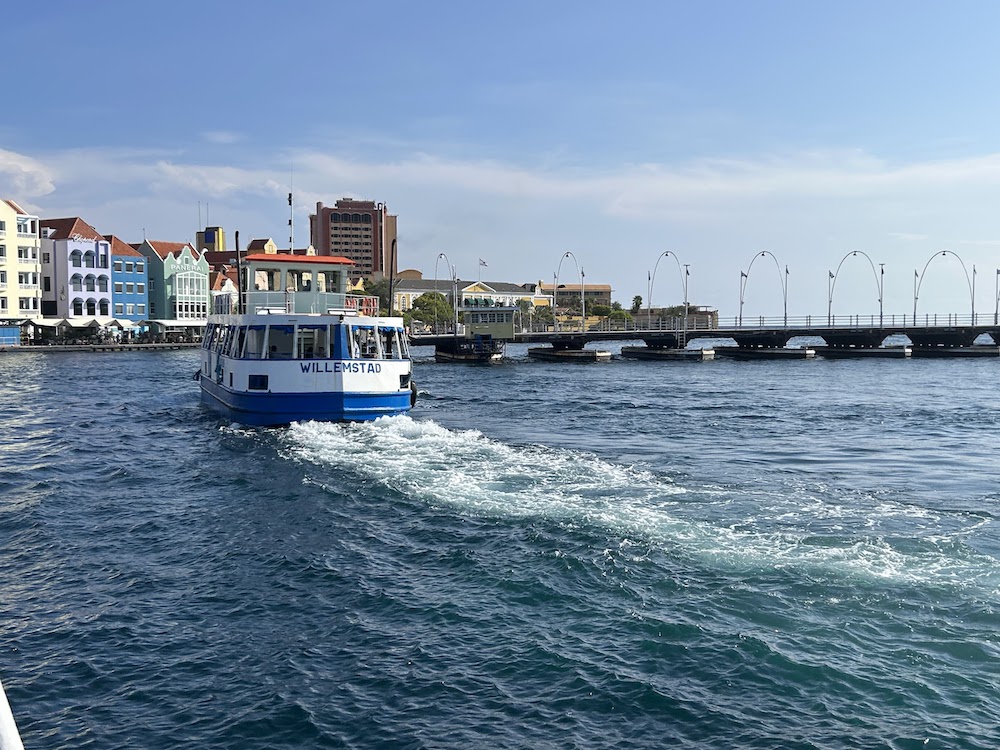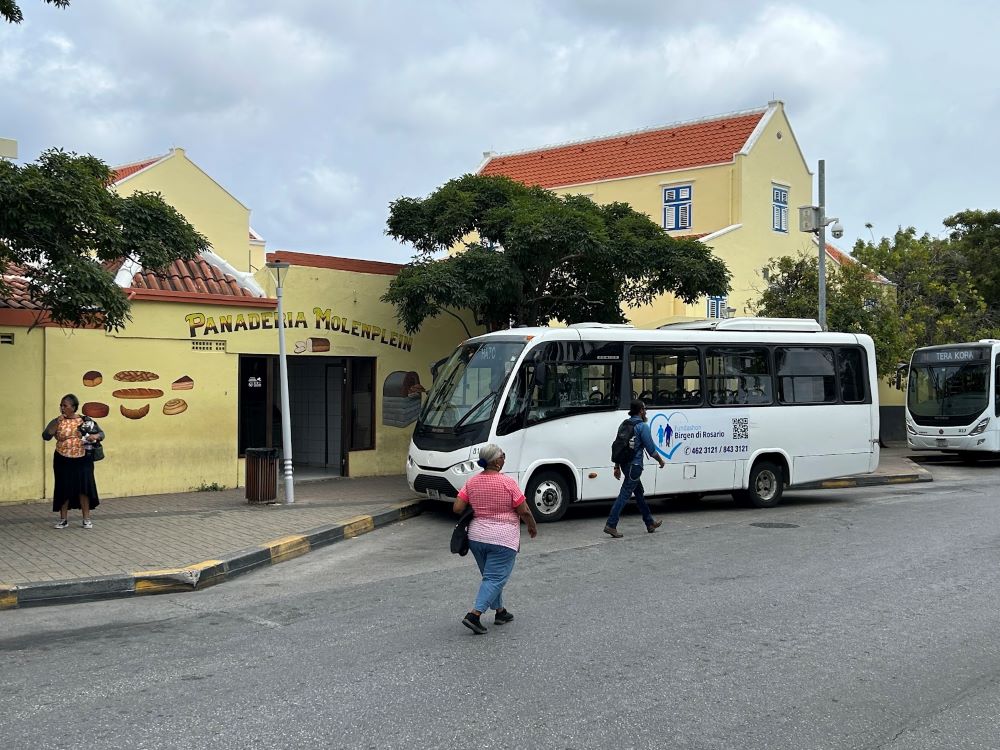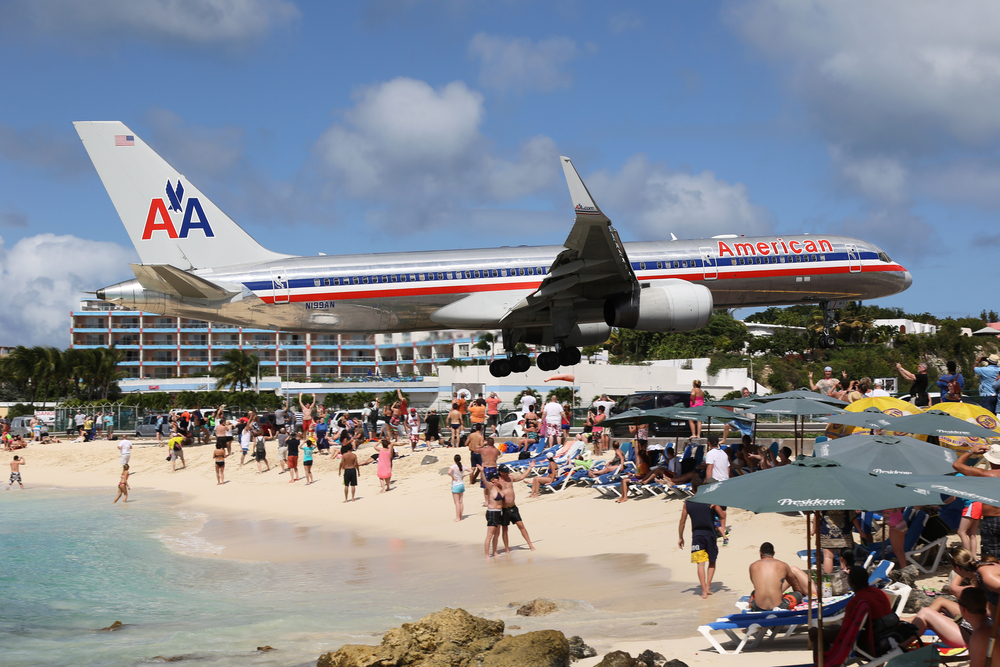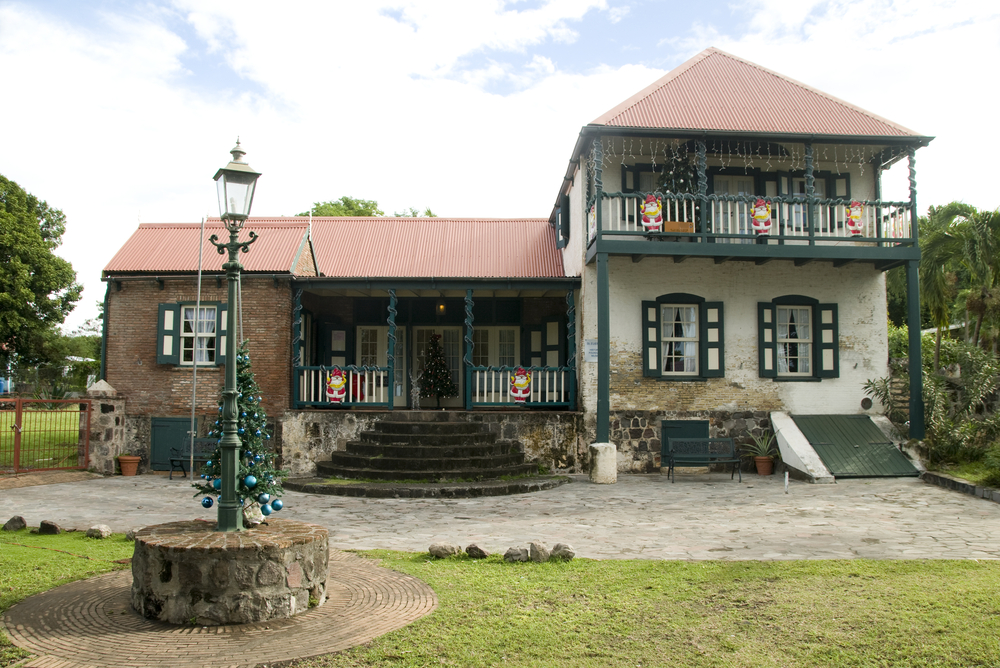The Netherlands Antilles not only offer breathtaking beaches but also a surprising range of public transport options that can be disrupted by persistent heat.
Curaçao is experiencing extreme heat waves that are now also having an impact on the education system and the transportation of students. Education Minister Van Heydoorn announced a reduced school schedule that will be in effect for the rest of the month. This decision comes after an earlier three days of shortened schedules, prompted by a code yellow warning from the meteorological service.
Primary school students can now go home at 12.00 noon, half an hour earlier than the usual time. With classes usually starting at 07.30:34am, this is a significant change. The reason for this measure is the persistently high temperatures that have plagued Curaçao since June, often rising to XNUMX degrees and higher. The heat becomes so unbearable in the classrooms that it becomes difficult for both teachers and students to concentrate.

transport on the islands
The Netherlands Antilles, an archipelago in the Caribbean consisting of islands such as Aruba, Curaçao, Sint Maarten, Bonaire, Sint Eustatius and Saba, are known for their tropical climate, pearly white beaches and rich culture. But one of the aspects that often remains underexposed is mobility and how it can enrich or complicate the tourist visit to these beautiful islands.
Traditionally, the infrastructure on the islands has been focused on personal car transport. The reason for this is simple: the islands are relatively small and the road network is generally well maintained. Car rental companies are doing a good business and offer a range of options, from luxury off-road vehicles to compact city cars. The government of Curaçao has invested in the modernization of the main traffic arteries in recent years, making navigation across the island more efficient.
'convoy vans
In Curaçao, the 'konvoi' vans provide easy access to places like Handelskade in Willemstad, a picturesque street lined with brightly colored Dutch colonial buildings. The Seaquarium, another major attraction on the island, is also accessible via public transport. With a little planning, you can even travel to the western part of the island to visit Mount Christoffel, although the number of buses serving this route is more limited.

Renting a car can be a convenient option, many of these islands also have a well-developed public transport system. In Curaçao, for example, minibuses offer an affordable and reliable alternative. These vans have fixed routes but no fixed stops, giving travelers the flexibility to hop on or off almost anywhere.
Arubus
Aruba stands out with an excellent network of public buses that not only connect the main cities and tourist sites, but also run on time. For tourists who prefer a more environmentally friendly alternative, cycle paths have been created in Aruba and Curaçao, although these are not as extensive as one might expect.
In Aruba, tourists can take the Arubus to famous beaches such as Eagle Beach and Palm Beach. These lines run frequently and are a cost-effective way to reach some of the most beautiful beaches in the world. You can also take the bus to Oranjestad, the capital, where you can enjoy shopping and the local cuisine.
two cultures
Sint Maarten offers a unique form of mobility, mainly due to the presence of an international airport that the island shares with the French Saint-Martin. Taxis and rental cars are the norm, but recently there have been more initiatives to improve public transport, especially to ease traffic between the Dutch and French parts.

The various forms of public transport allow travelers on each of these islands to experience the freedom to go where they want, without the need for a rental car.
Beautiful Sint Maarten shares the island with French Saint-Martin, offering travelers the unique opportunity to experience two different European cultures in a single trip. Public minibuses run regularly between Philipsburg on the Dutch side and Marigot on the French side. Both towns have their own set of beaches, shops and eateries worth visiting.
Bonaire is known for its underwater world and is a hotspot for divers and snorkelers. Although the island has a more limited public transportation system, there are still some bus lines that go to important points such as the Bonaire National Marine Park, which can be accessed with a day pass.
ecotourism
The smaller islands such as Saba and Sint Eustatius are easily walkable, and offer limited options for public transport or car rental. This makes them ideal for hikers and nature lovers who like to explore the area at their own pace. The islands are predominantly focused on ecotourism.

Both islands do not have an extensive public transport network, but given their size and the fact that most attractions are nature reserves, this is not really a hindrance. Saba, for example, has Mt. Scenery, a volcano that can be reached on foot from the village of The Bottom. Sint Eustatius offers the Quill, an extinct volcano that is definitely worth a visit for hikers.
sustainability
What all these islands have in common is that local authorities and companies are paying increasing attention to sustainable mobility. Electric cars and charging stations are increasingly spotted, and there are plans to further modernize public transport with the addition of electric buses.
Mobility in the Netherlands Antilles is much more than a necessary evil; it is a crucial aspect that directly impacts the visitor experience. Whether you choose the flexibility of a rental car, the authenticity of a local van, or the tranquility of a walking tour, the choice is yours. What is certain is that the islands work hard to make traveling as easy and enjoyable as possible for everyone.


